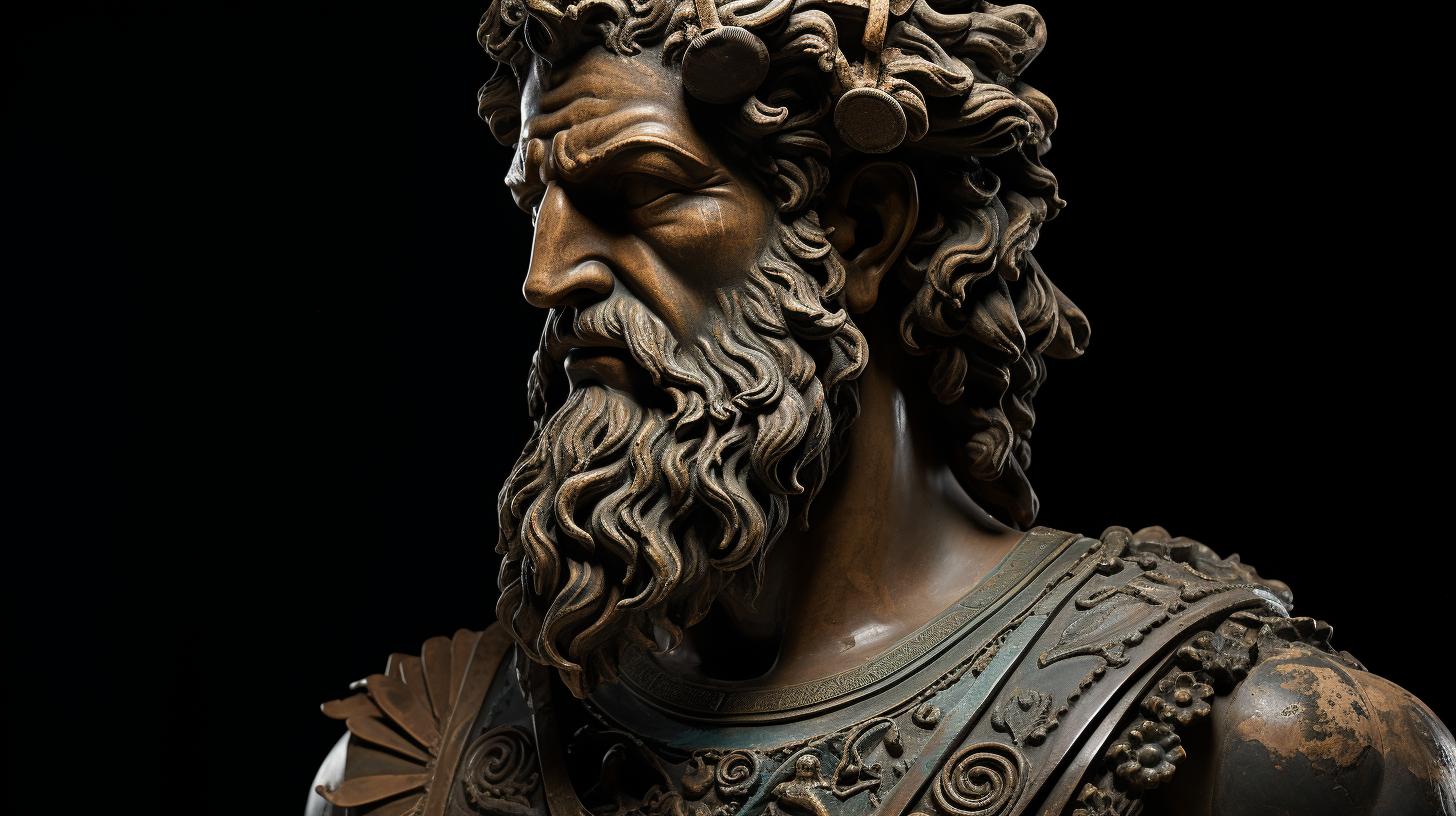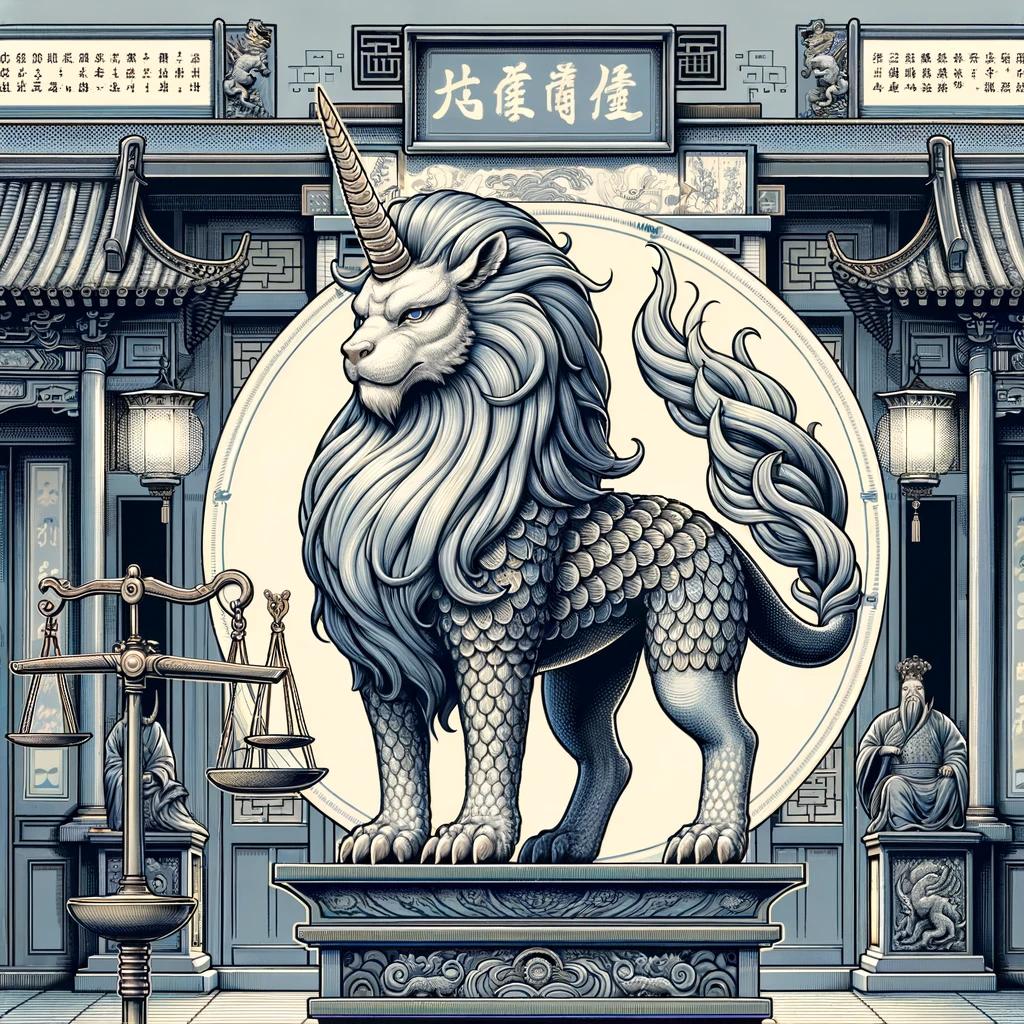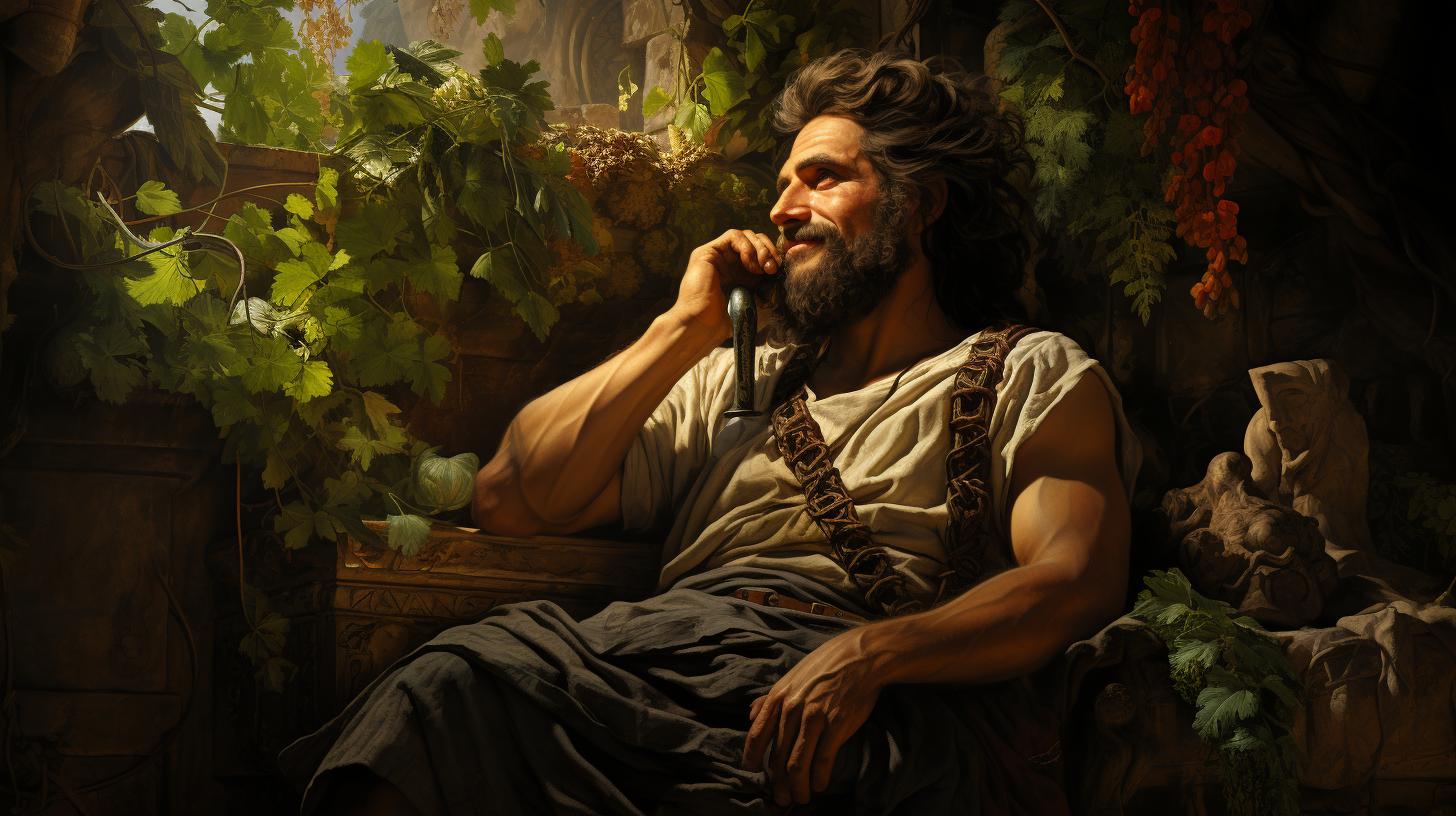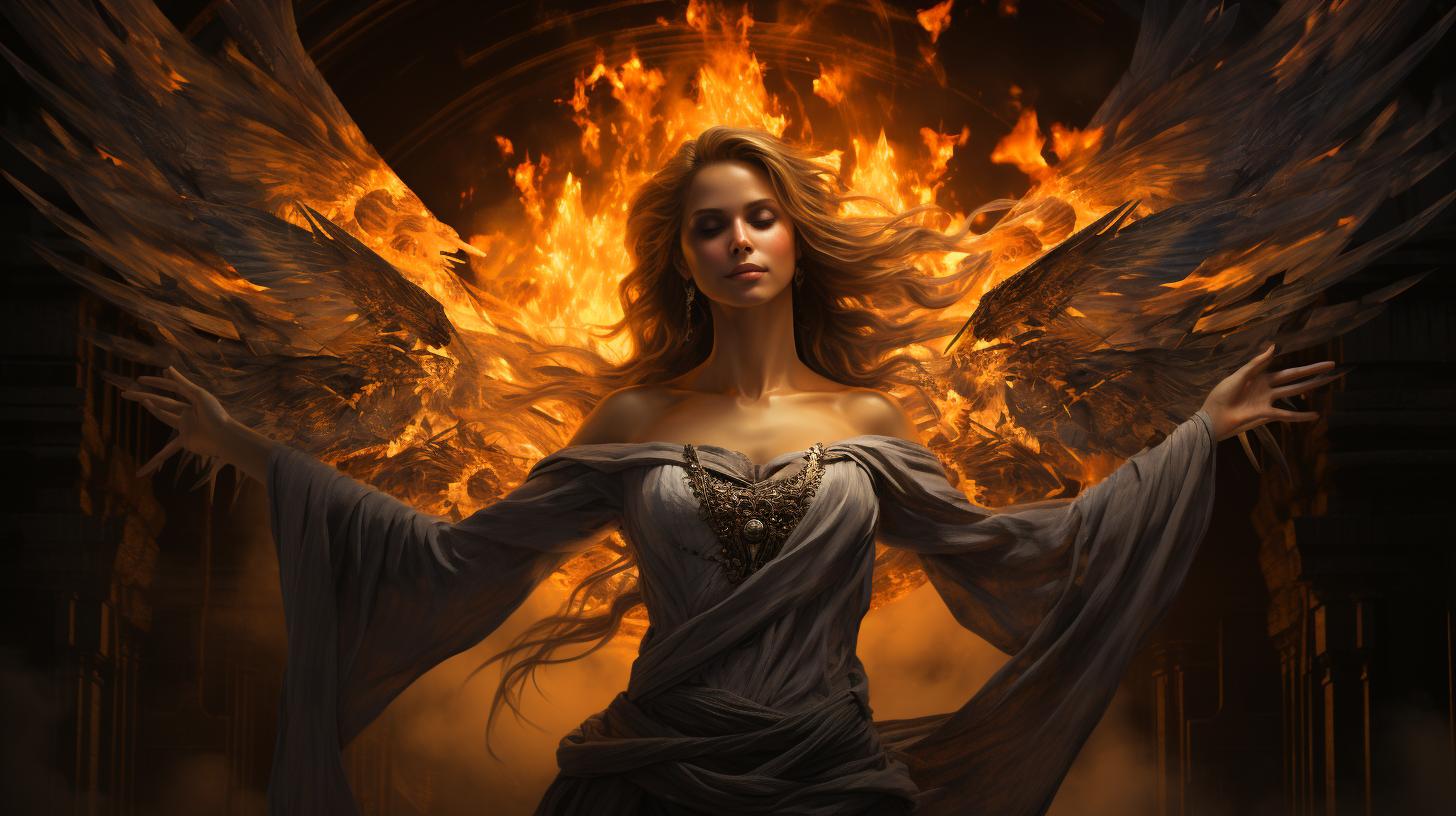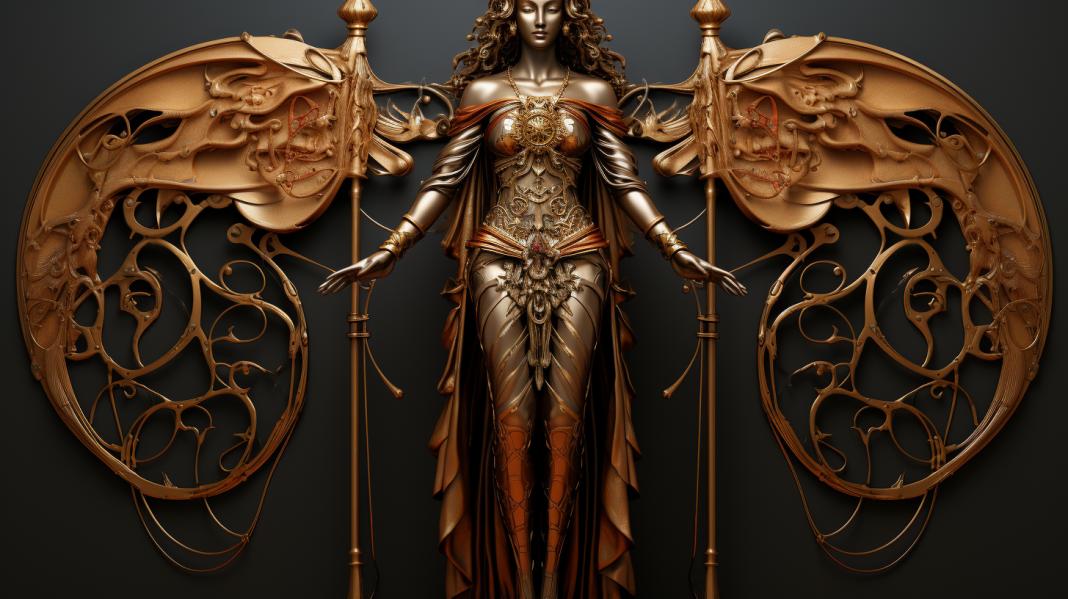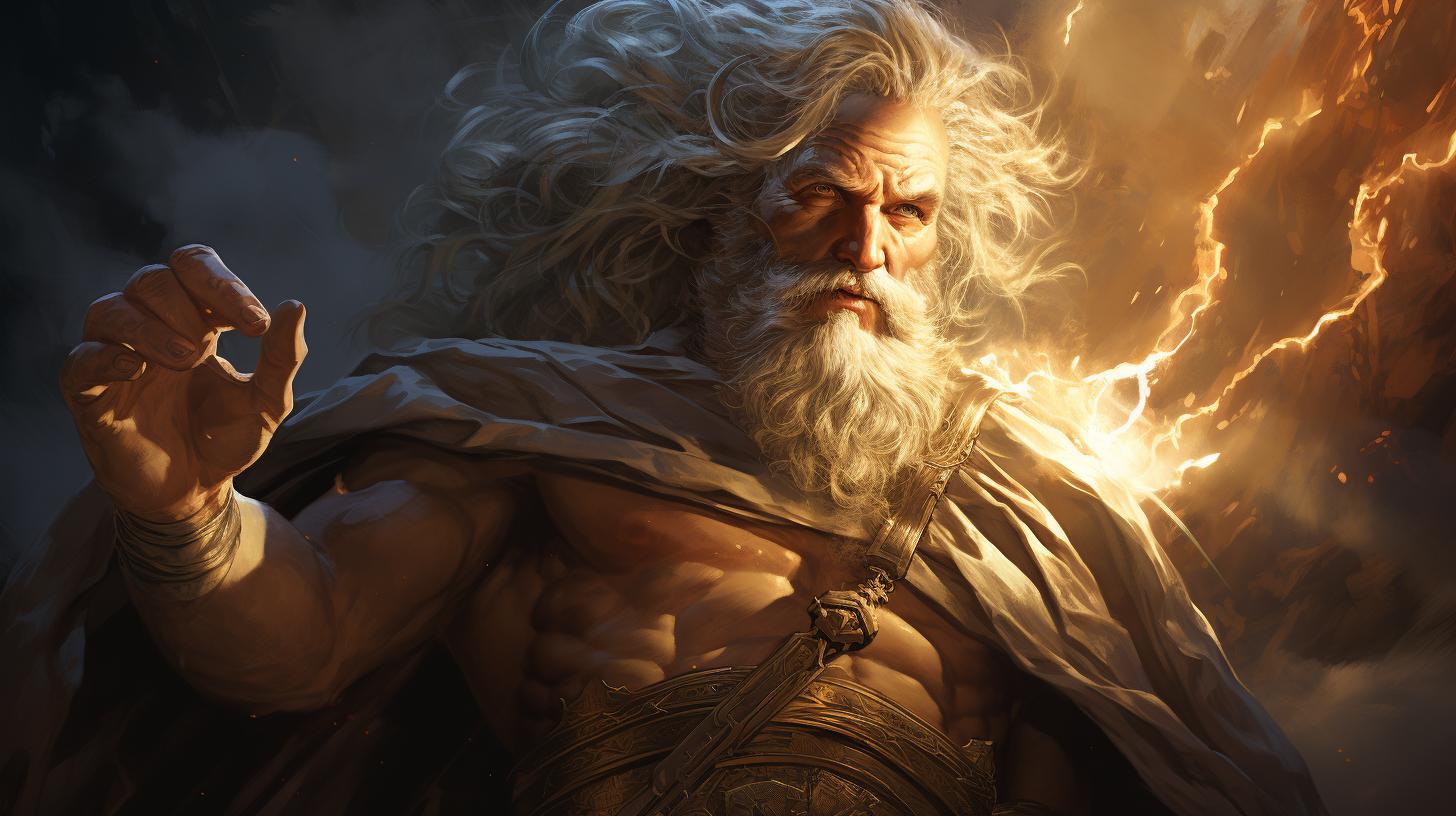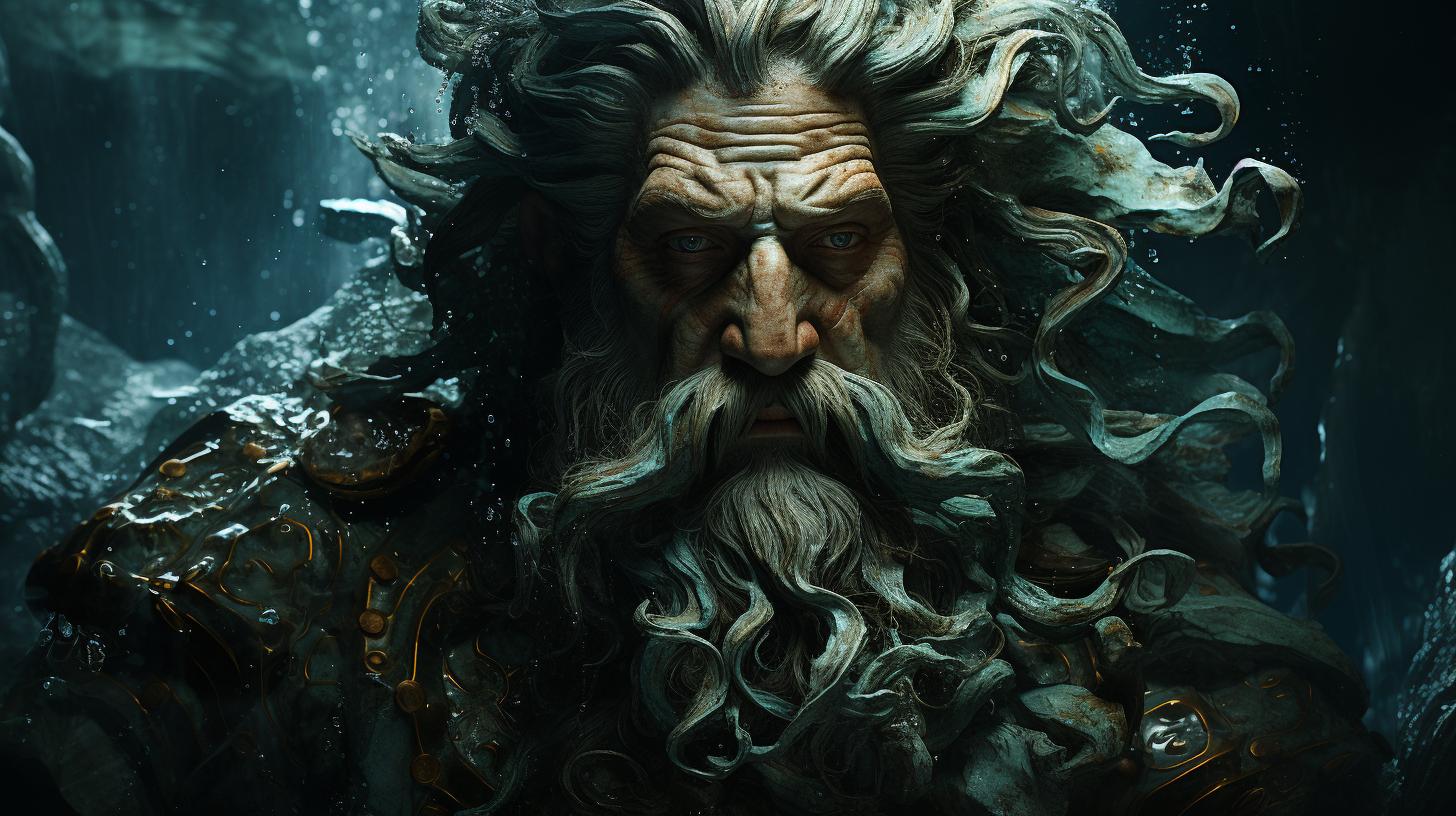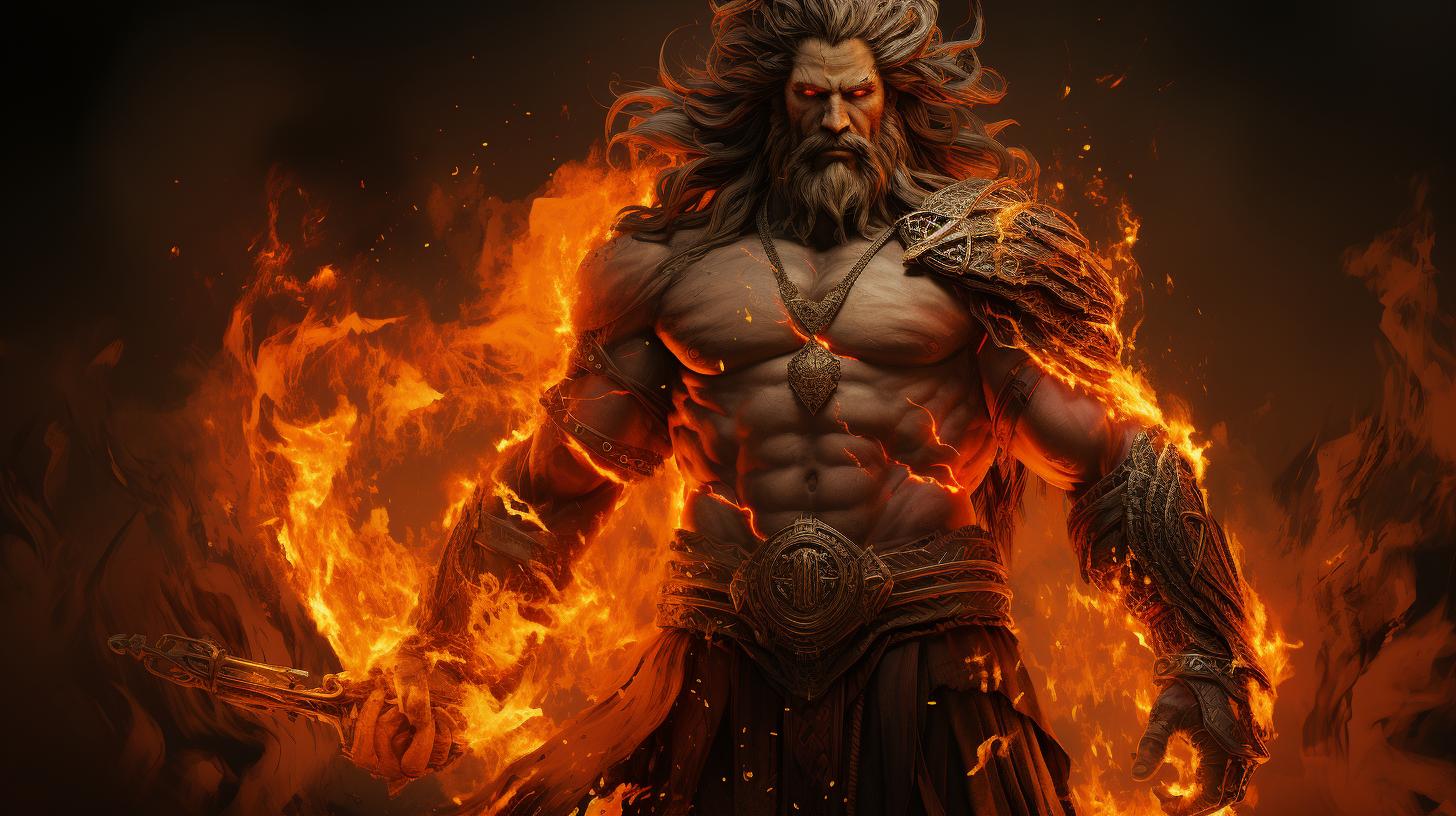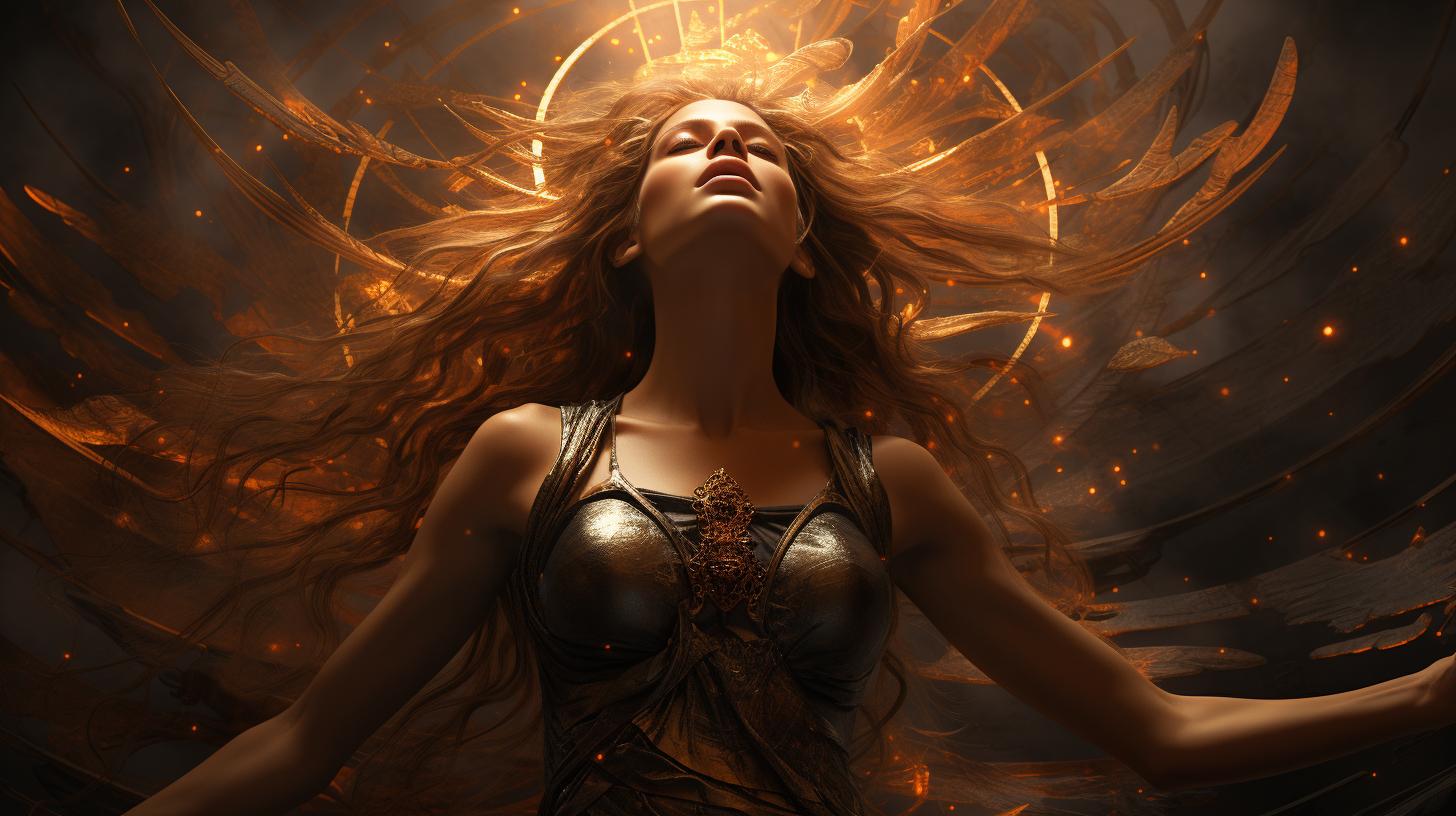Etruscan God Turms: Exploring the Divine Mysteries of Ancient Italy

Turms, the Etruscan god, holds a significant place in the ancient Etruscan culture and religion. Known as the equivalent of the Greek god Hermes, Turms played a crucial role as a messenger and guide.
Evident in various Etruscan artworks and artifacts, Turms’ depictions offer insights into his symbolic representations. Today, Turms continues to captivate modern interpretations, showcasing the enduring influence of Etruscan mythology. Exploring Turms’ significance sheds light on the mysterious and fascinating world of this lesser-known ancient deity.
Turms in Etruscan Culture and Religion
Turms played a vital role in Etruscan society, serving as a revered deity with significant cultural and religious importance. Understanding Turms’ role and the symbolism associated with this Etruscan god provides a deeper insight into the beliefs and practices of this ancient civilization.
Turms’ Role and Importance in Etruscan Society
Within Etruscan society, Turms occupied a prominent position as a divine messenger and patron of commerce and trade. Often depicted with wings on his heels, Turms facilitated communication and guided the Etruscans in their dealings and interactions.
His role as a messenger extended beyond facilitating trade and included delivering messages between the mortal and divine worlds.
Turms’ Symbols and Attributes
- Winged Heels: Turms is frequently depicted with wings attached to his heels, symbolizing his ability to swiftly traverse different realms and carry messages between gods and mortals.
- Winged staff: In his representations, Turms is often depicted holding a caduceus-like staff with entwined serpents.
This symbolizes his role as a divine messenger and his connection with the Etruscan pantheon.
- Commerce and trade: Turms’ association with trade is evident through his depiction in scenes related to economic activities, emphasizing his significance in Etruscan commerce.
- Protector of travelers: Turms’ role extended to the protection of travelers, guiding and safeguarding them during their journeys.
The attributes and symbolism associated with Turms shed light on his multifaceted nature and highlight the distinct place he held within Etruscan culture and religion.
Comparisons with Greek Mythology: Turms and Hermes
Similarities and Differences between Turms and Hermes
Turms, the Etruscan god, bears striking resemblances to the Greek god Hermes. Both deities share similar roles as messengers and travelers between the divine and mortal realms. They are often portrayed with winged footwear and carry a caduceus, depicting their connection to commerce, trade, and communication.
While Turms and Hermes share many characteristics, there are notable differences between them as well. Turms, in Etruscan mythology, is associated with important concepts such as fate, destiny, and time, which set him apart from Hermes. Additionally, Turms’ distinct iconography and representations in Etruscan art provide insights into his unique attributes and symbolism.
Turms and Hermes: Messengers of the Gods
As messengers of the gods, both Turms and Hermes play crucial roles in facilitating communication and carrying out divine tasks. They serve as intermediaries, delivering messages and guiding souls, whether it be guiding the departed to the underworld or relaying messages from the gods to mortals.
Despite their shared messenger roles, Turms and Hermes differ in the mythologies in which they operate. Hermes primarily serves the Greek pantheon, while Turms fulfills his duties as an important figure in Etruscan religious practices and rituals.
While both deities possess similar attributes and responsibilities, their distinctive cultural contexts shape the specific ways in which their stories and worship are expressed.
Exploring the similarities and differences between Turms and Hermes sheds light on the interconnectedness of various mythological traditions and the unique qualities attributed to each deity within their respective cultures.
Turms in Art and Representation
Artistic depictions of Turms in Etruscan artifacts provide valuable insights into the visual representation of this enigmatic deity. These artistic representations showcase the significance and reverence given to Turms in Etruscan society.
Here, we explore both the depictions of Turms in Etruscan artifacts and the various forms of art where Turms is prominently featured.
Depictions of Turms in Etruscan Artifacts
The depictions of Turms in Etruscan artifacts reveal a multitude of symbolic representations associated with this powerful deity. Commonly depicted as a youthful male figure, Turms often appears with distinct attributes and symbols.
These artifacts include sculptures, pottery, and engraved gemstones that offer glimpses into Etruscan beliefs and rituals surrounding Turms.
- Some artifacts portray Turms with wings on his heels, symbolizing his role as a swift messenger and guide, akin to the Greek god Hermes.
- Other representations show Turms holding a caduceus, a staff entwined with two serpents, emphasizing his connection to commerce, communication, and transitions.
- Depictions of Turms in military attire highlight his guardianship and protective role, further associating him with the defense of civilization and the welfare of the Etruscan people.
Turms in Sculptures, Paintings, and Iconography
Beyond Etruscan artifacts, Turms’ presence is also evident in larger artistic forms, such as sculptures, paintings, and architectural iconography.
Magnificent examples exist in ancient temples, where Turms is depicted alongside other deities, emphasizing his importance within the Etruscan pantheon.
- Sculptures of Turms often depict him in graceful poses, with fluid movement and an ethereal presence, evoking a sense of divine power and dynamism.
- In wall paintings, Turms can be found in scenes representing various aspects of Etruscan life, such as commerce, travel, and religious ceremonies, further emphasizing his role as a guide and facilitator in human endeavors.
- Architectural elements, such as reliefs and friezes, prominently feature Turms, sometimes in conjunction with other deities, showcasing his integration into the cosmic order and his relevance in Etruscan religious and social life.
Overall, the visual representation of Turms in Etruscan art reveals a complex and multifaceted portrayal of this god, reflecting the diverse roles and attributes assigned to him within the Etruscan belief system.
The artistic depictions of Turms not only demonstrate the artistic prowess of the Etruscans but also shed light on the significance and influence of this enigmatic deity in their society.
Modern Interpretations and Influence of Turms
Turms’ Relevance in Contemporary Culture and Religion
Turms, the enigmatic Etruscan god, continues to resonate in contemporary culture and religious practices.
Despite the scarcity of surviving literature and artifacts, Turms’ influence can be observed in various ways.
- The fascination with ancient history and mythology has led to a renewed interest in Etruscan culture, thus bringing Turms back to the forefront of discussions.
- Within pagan and Neopagan communities, Turms is revered as a deity representing communication, guidance, and protection.
- Artists and authors draw inspiration from Turms’ symbolism, incorporating his attributes and legends into their works.
- Turms’ association with Mercury, the Roman god, has also contributed to his continued relevance, with the figure often appearing in literature and artworks inspired by Roman mythology.
The Legacy of Turms: Etruscan Mythology in Modern Times
The legacy of Turms extends far beyond his role in contemporary culture.
The influence of Etruscan mythology, with Turms being a significant figure within it, can be observed in numerous aspects of our modern world.
- Linguistic traces of Etruscan can still be found in certain Italian dialects, highlighting the enduring impact of this ancient civilization.
- Archaeological discoveries related to Etruscan religion and mythology, including depictions of Turms, continue to shape our understanding of the past.
- Etruscan-inspired rituals and practices are performed today, reflecting the desire to reconnect with the spiritual traditions of this enigmatic civilization.
- Scholars and researchers dedicated to Etruscan studies strive to unravel the mysteries surrounding Turms and his divine counterparts, further cementing his significance in academic discourse.
In essence, Turms’ modern interpretations and the enduring legacy of Etruscan mythology serve as reminders of the rich tapestry of ancient civilizations and the profound impact they have on our contemporary world.
.

